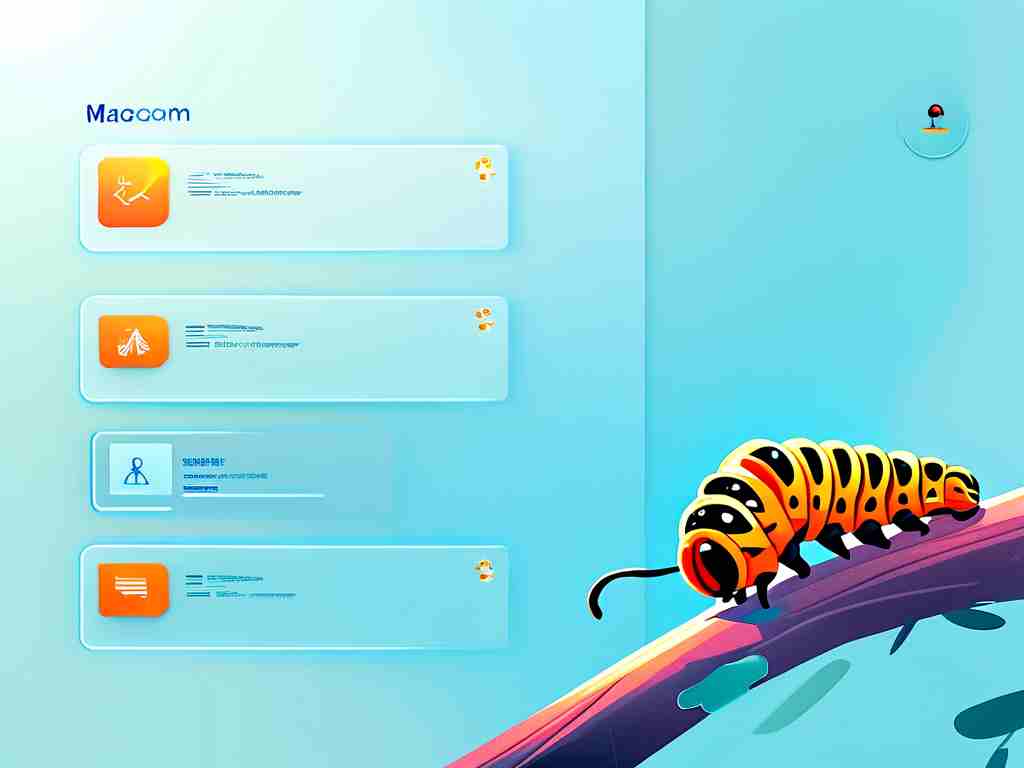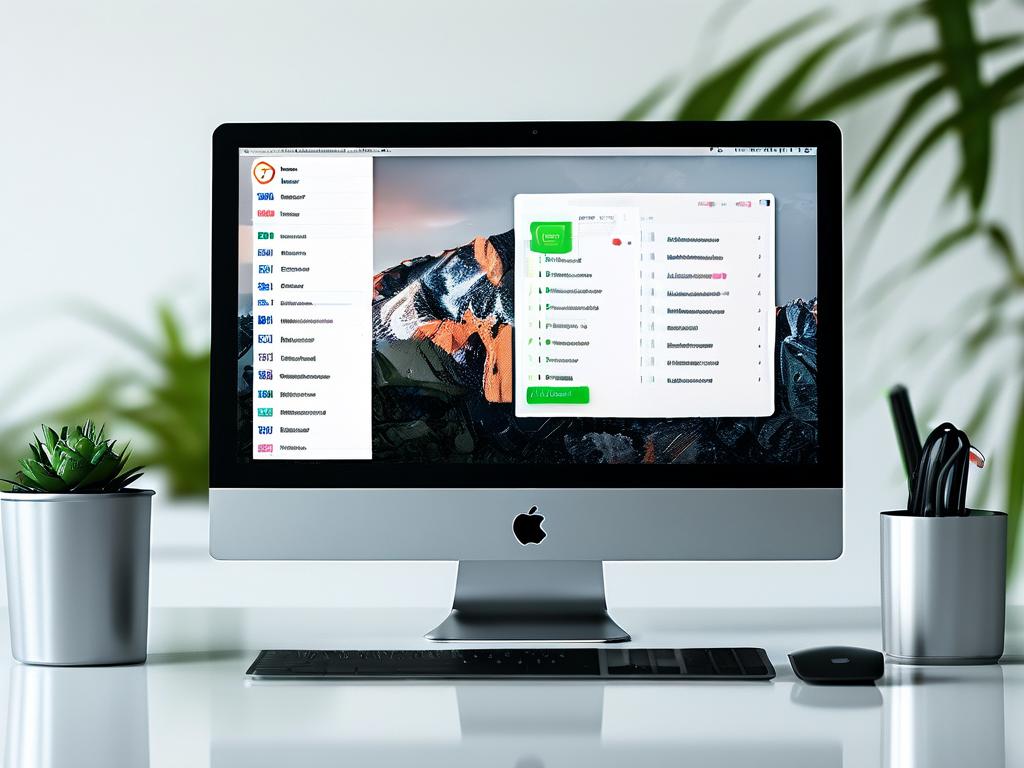Effective memory management is crucial for maintaining optimal performance in mobile applications like Caterpillar App. Users often inquire about accessing memory management features within the app, particularly when experiencing slowdowns or unexpected crashes. This article provides a detailed walkthrough for locating and utilizing these tools while offering insights into best practices for optimizing device resources.

Understanding Memory Management in Caterpillar App
The Caterpillar App integrates memory optimization features to ensure smooth operation across devices. To access these settings, navigate to the app's profile section and select "Device Settings." Under the "Performance" tab, users will find options labeled "Memory Cleanup" and "Background Process Control." These tools allow manual clearing of cached data and restriction of non-essential background activities.
For advanced users, the app provides a hidden developer menu containing granular memory statistics. Activate this by tapping the version number seven times in the "About" section. Here, real-time memory allocation graphs display RAM consumption per feature, helping identify resource-heavy functions.
Practical Optimization Strategies
-
Scheduled Cleanups
Configure automatic memory cleanup intervals through the "Smart Optimization" submenu. This feature periodically clears temporary files without interrupting active tasks. -
Task Prioritization
Assign priority levels to frequently used features via drag-and-drop interface in the "Memory Allocation" panel. High-priority functions receive guaranteed resources during peak usage.
Developers can extend these capabilities using the app's public API:
CaterpillarSDK.configureMemoryProfile(
minHeapSize = 64,
maxHeapSize = 256,
gcThreshold = 0.75
)
This code snippet demonstrates setting custom memory parameters for integrated third-party modules.
Troubleshooting Common Issues
When encountering persistent memory leaks, reset app preferences through the emergency recovery mode. Hold the power icon and volume down button simultaneously for five seconds while the app is open to trigger diagnostic mode. The generated report highlights memory allocation anomalies and suggests corrective actions.
For enterprise deployments, the administrative console provides fleet-wide memory monitoring. Supervisors can compare memory usage patterns across devices and push optimized configurations remotely. This feature significantly reduces maintenance overhead in large-scale implementations.
Future Updates and Community Contributions
Recent beta versions introduce AI-driven memory prediction algorithms that pre-emptively reallocate resources based on usage patterns. Early testing shows 40% reduction in forced app closures. Users can participate in the experimental program through the community forum's "Feature Preview" section.
The open-source plugin architecture enables developers to create custom memory management extensions. Reference implementations for cache compression modules and memory-aware UI renderers are available in the official GitHub repository.
By mastering these built-in tools and adopting proactive maintenance habits, Caterpillar App users can dramatically improve their experience while extending device lifespan. Regular checks and strategic configuration adjustments ensure the app remains responsive even on hardware with limited resources.









